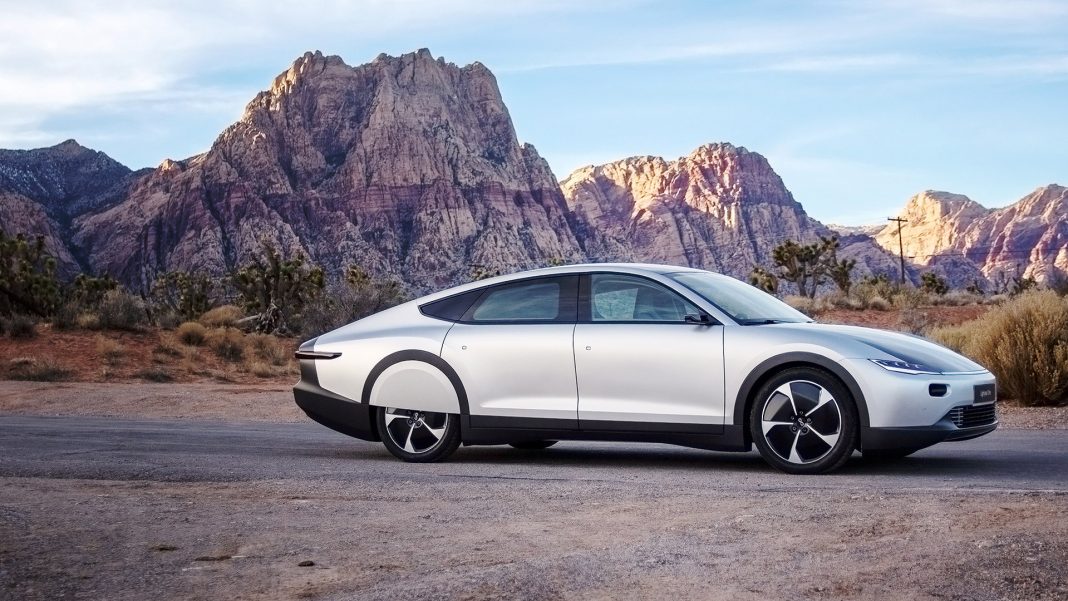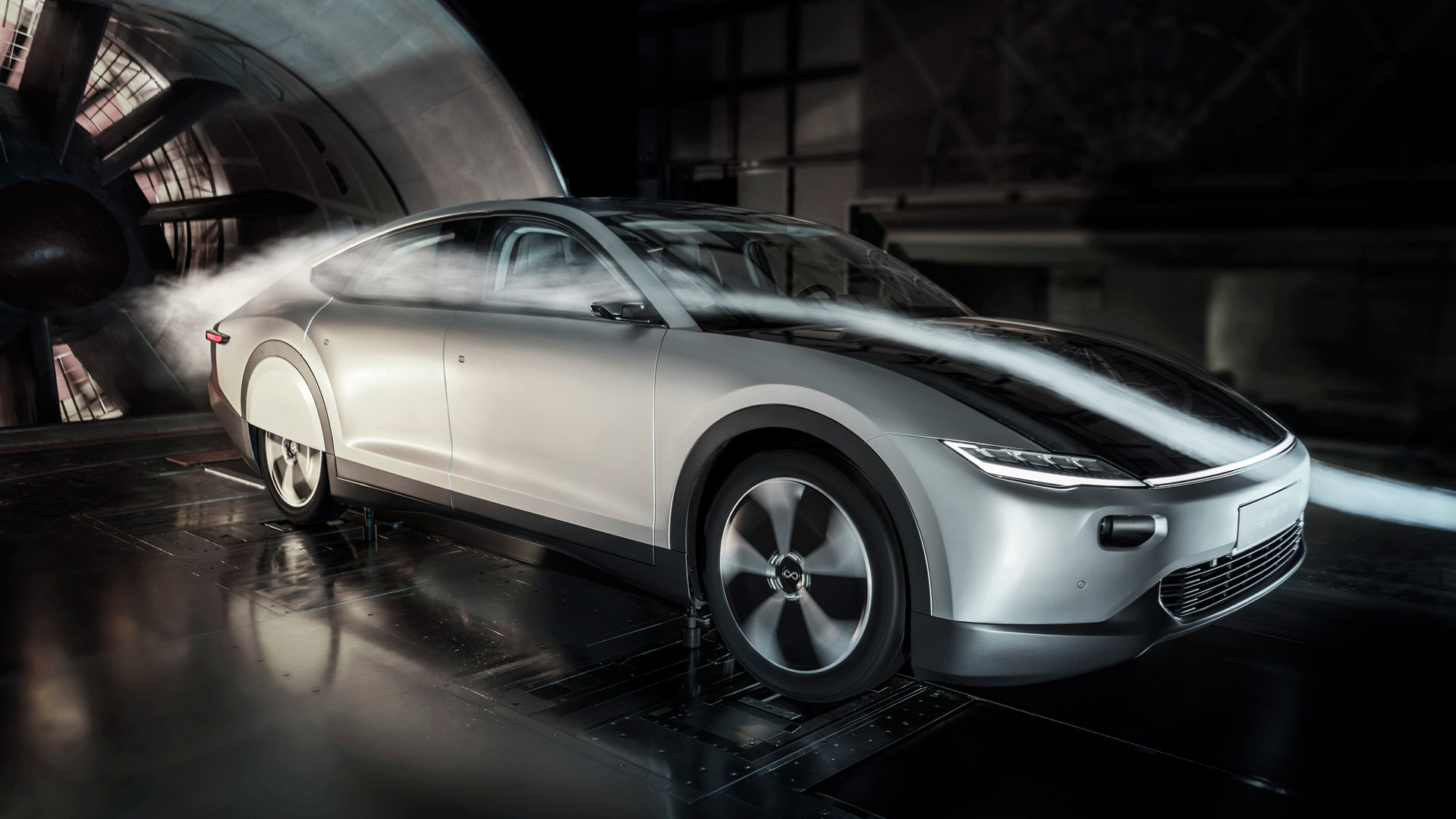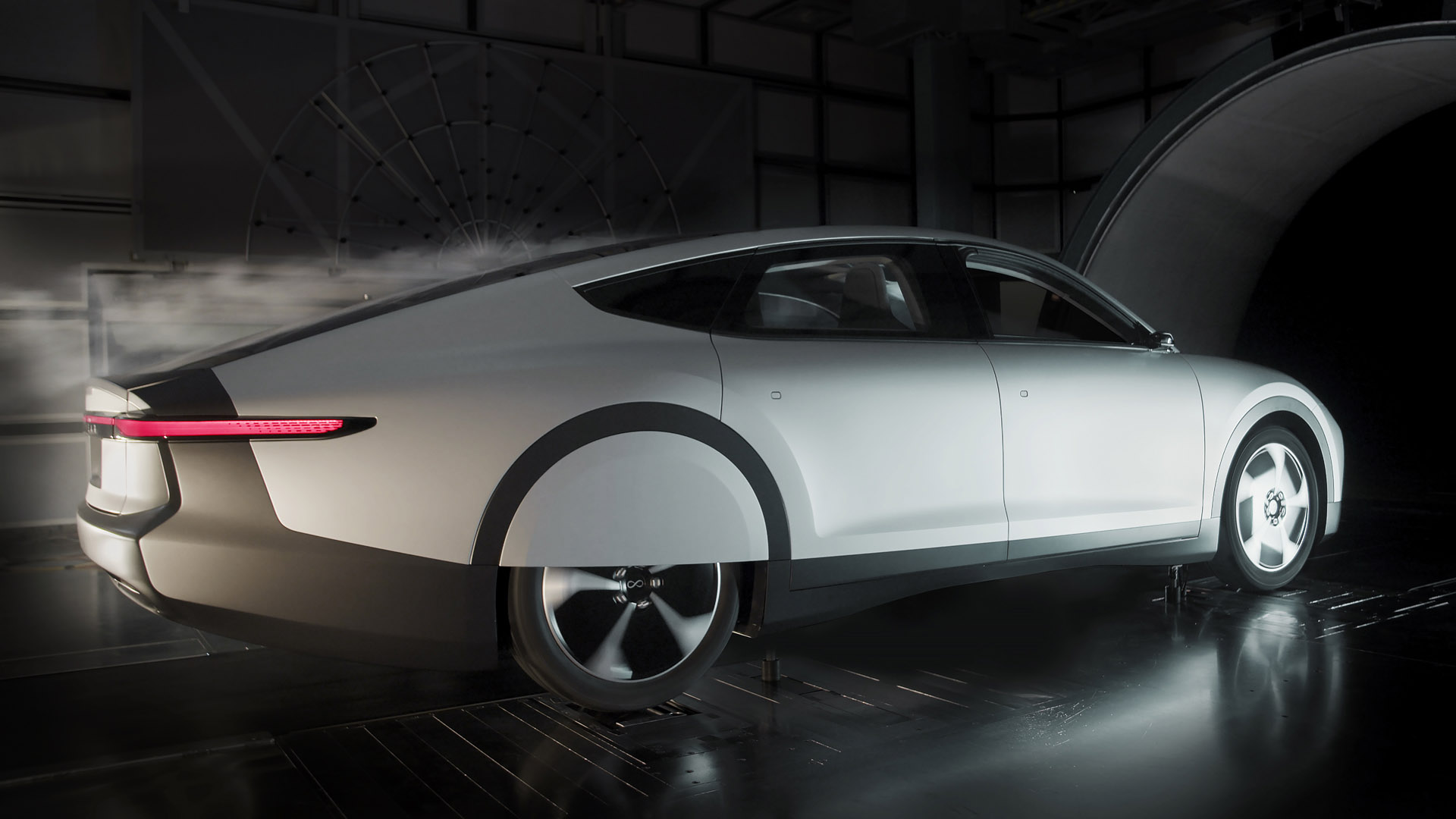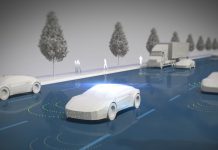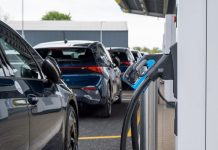With so much industrial activity shut down and the number of flight and car journeys significantly reduced, greenhouse gas emissions around the world have plummeted. In city centres, the reduction in automobile travel has even caused air pollution levels to fall. So, if there is something positive to take from this crisis, it could be that it’s offered a taste of the air we might breathe in a low-carbon future.
Yet, as isolation measures begin to loosen, some fear that the environmental policies that support clean air and sustainability will be put on the back burner as countries prioritise reviving their economies. Therefore, it is more important than ever to ensure that the necessary steps are undertaken to reduce the amount of waste and pollution created throughout the product lifecycle – and technology can help us achieve this.
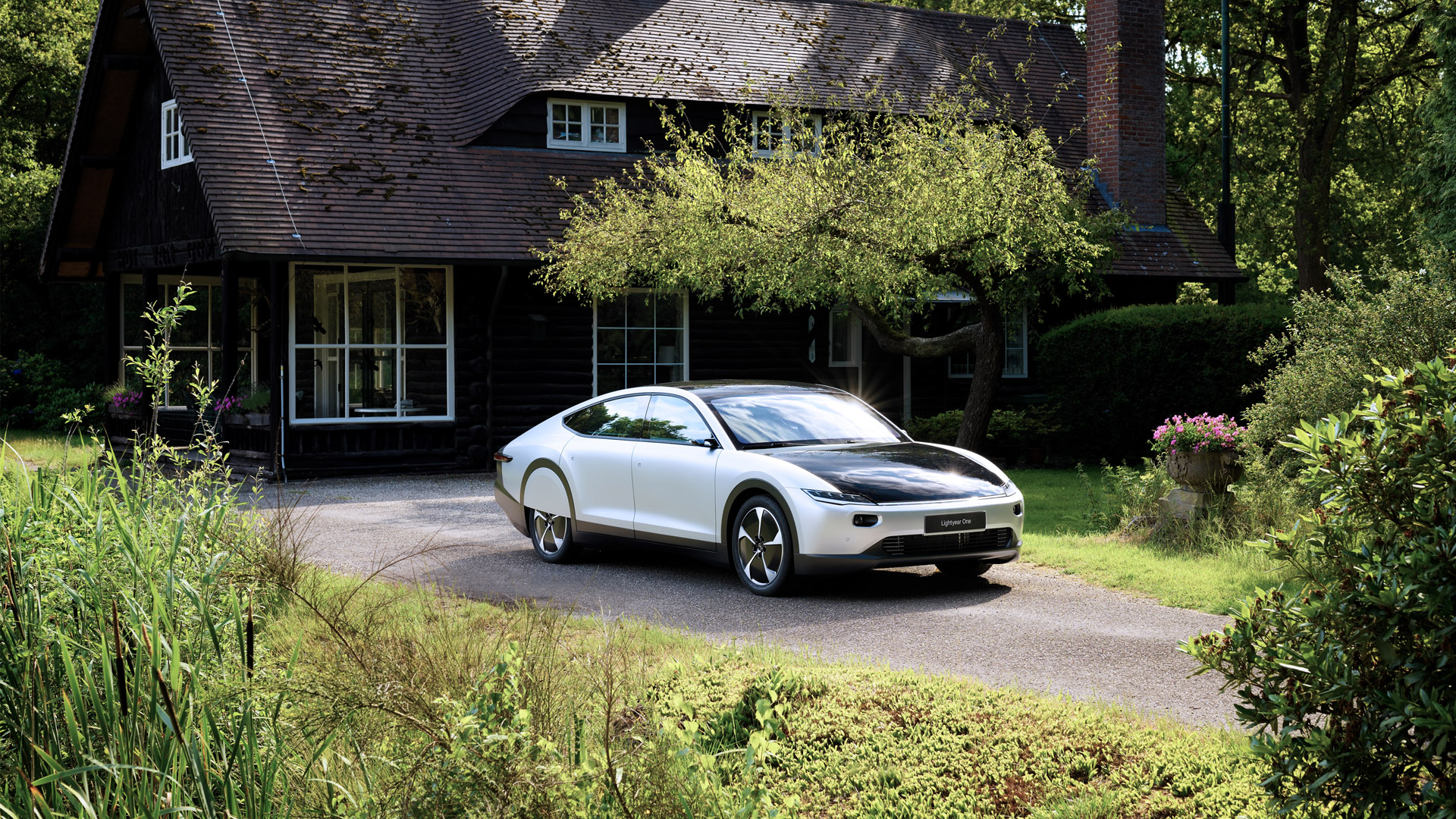
We all have a part to play in creating a more sustainable future, especially engineering corporations. It is possible for engineering businesses to be both sustainable and successful, but this can be achieved if we design products and services in the right way.
As such, TotallyEV reached out to Alan Prior from Dassault Systèmes to get his thoughts on the subject.
Read next: Best upcoming cars and SUVs in 2020 and beyond
Creating sustainable mobility
As a population, we are more conscious than ever of the impact of materials on the environment. However, we still need to take more steps to reduce the amount of waste created throughout the product lifecycle, especially within the engineering industry.
This starts with the way we design products and services. Today, with the increased availability of advanced software on the cloud, organisations can reduce their physical footprint by creating virtual versions of their product, whether it is aircraft, cars or packaging. This digital world allows for experiments and tests to be run before any physical prototype is produced, resulting in products that are ready to be launched on the market as soon as they get manufactured – and at a lower risk of prototypes ending up in the landfill.
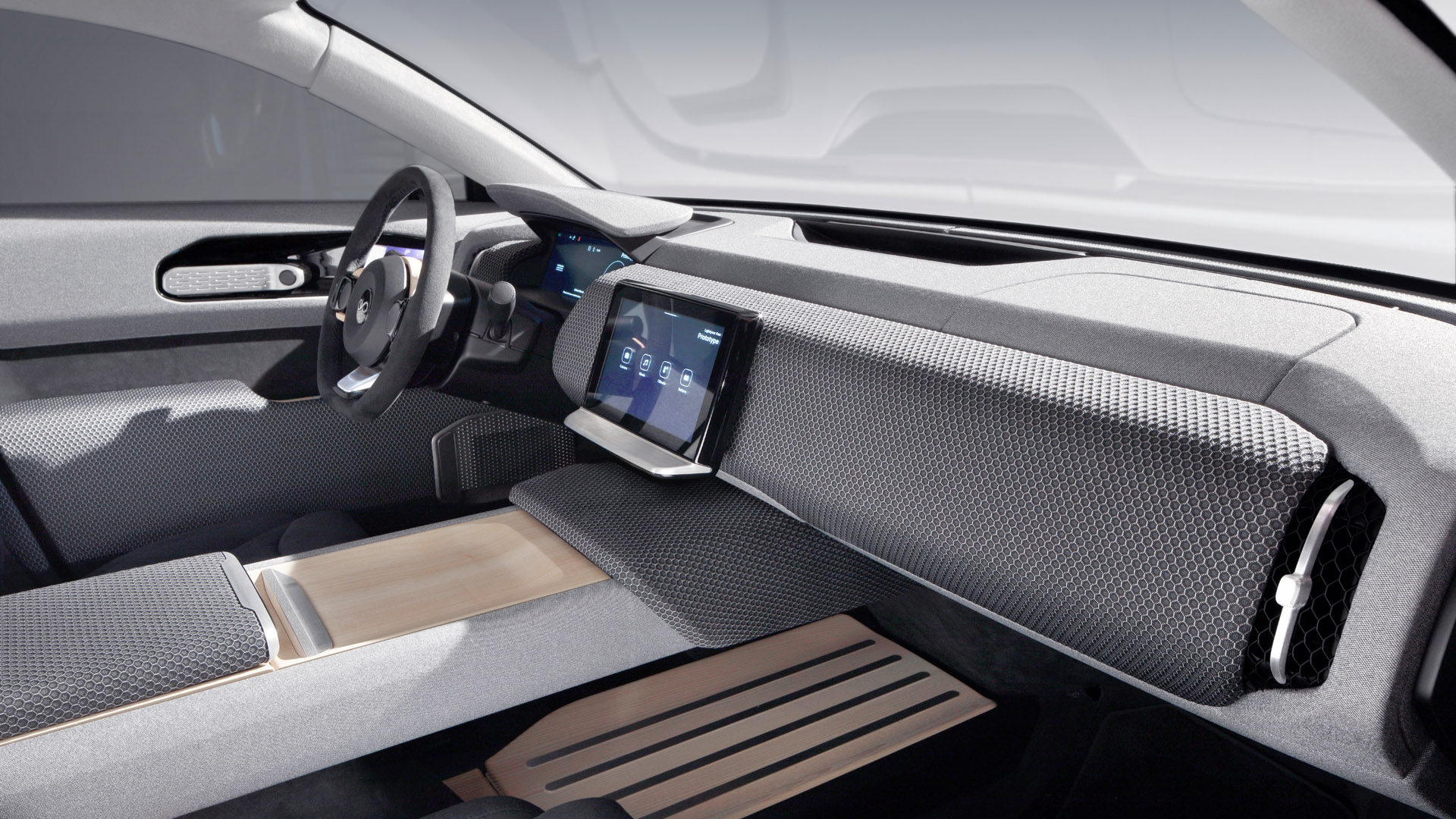
As an example, Dassault Systèmes recently worked with Lightyear to create its Lightyear One electric vehicle, which is powered by solar panels that charge the vehicle whenever there is sunlight. This extraordinary product was comprehensively planned, designed and tested using Dassault Systèmes’ cutting-edge virtual technologies. The Lightyear engineers managed to find the right balance of meeting the rigorous safety standards while using much lighter construction materials such as aluminium and carbon fibre. The result is a car that is lightweight, consumes less energy and has an exceptional range.
This design approach opens the door to a new era of green development in the automobile and aerospace industry. In addition, it shows that shifting product development from a physical to a virtual experience can significantly reduce the amount of waste produced at every step of the product design and management chain – making manufacturing and engineering products much more sustainable and longer-lasting.
Buy a car phone mount on Amazon (Affiliate)
Technology’s role in a more sustainable future
By adopting lean practices throughout the product lifecycle and leveraging the power of artificial intelligence (AI) and automated design processes, companies can significantly reduce their global environmental footprint. In many ways, eliminating waste should be a core concern of engineers; however, it is not easy to determine where to save weight, or how to eliminate particular production operations.
Design tools augmented with AI can explore more options and can be used by engineers to identify areas of improvement. The use of AI design processes helps engineers to anticipate the most beneficial trade-offs in order to reduce material waste, eliminate manufacturing steps, reduce power consumption, and reduce production errors and scrap.
Read next: Lotus Evija aerodynamics explained by Richard Hill
New technologies in the realm of virtual product design are making sustainability far more attainable for businesses. By utilising these technologies, businesses will be better armed to reduce their environmental footprint and they will be better prepared to make a positive impact on many of the world’s most pressing environmental issues, such as water scarcity and air pollution.
Those businesses that seek the advice and expertise of trusted technology partners will be at the vanguard of these efforts, spelling a promising future for sustainability in the corporate world.
The impact of technology is not just good for business – it is also good for the planet. While increased efficiency, transparency and speed are always welcomed, modern consumers are far more conscious about the sustainability of the businesses they deal with and are far more likely to spend money with a company that leads the way.
Business sustainability should be a strategic priority, not only to improve a company’s reputation and environmental credentials, but also to develop a leadership role in their market, and help the planet at the same time.
Fortunately, we do not need a pandemic to build a sustainable society: the world already has much of the technology, finance and policies that are required. If one good thing comes out of the crisis, it may well be in the way it has helped us all to visualise a more sustainable world. As we emerge later from the lockdown, reducing air pollution and transforming transportation are two ways to bring a sustainable and resilient future one step closer.

